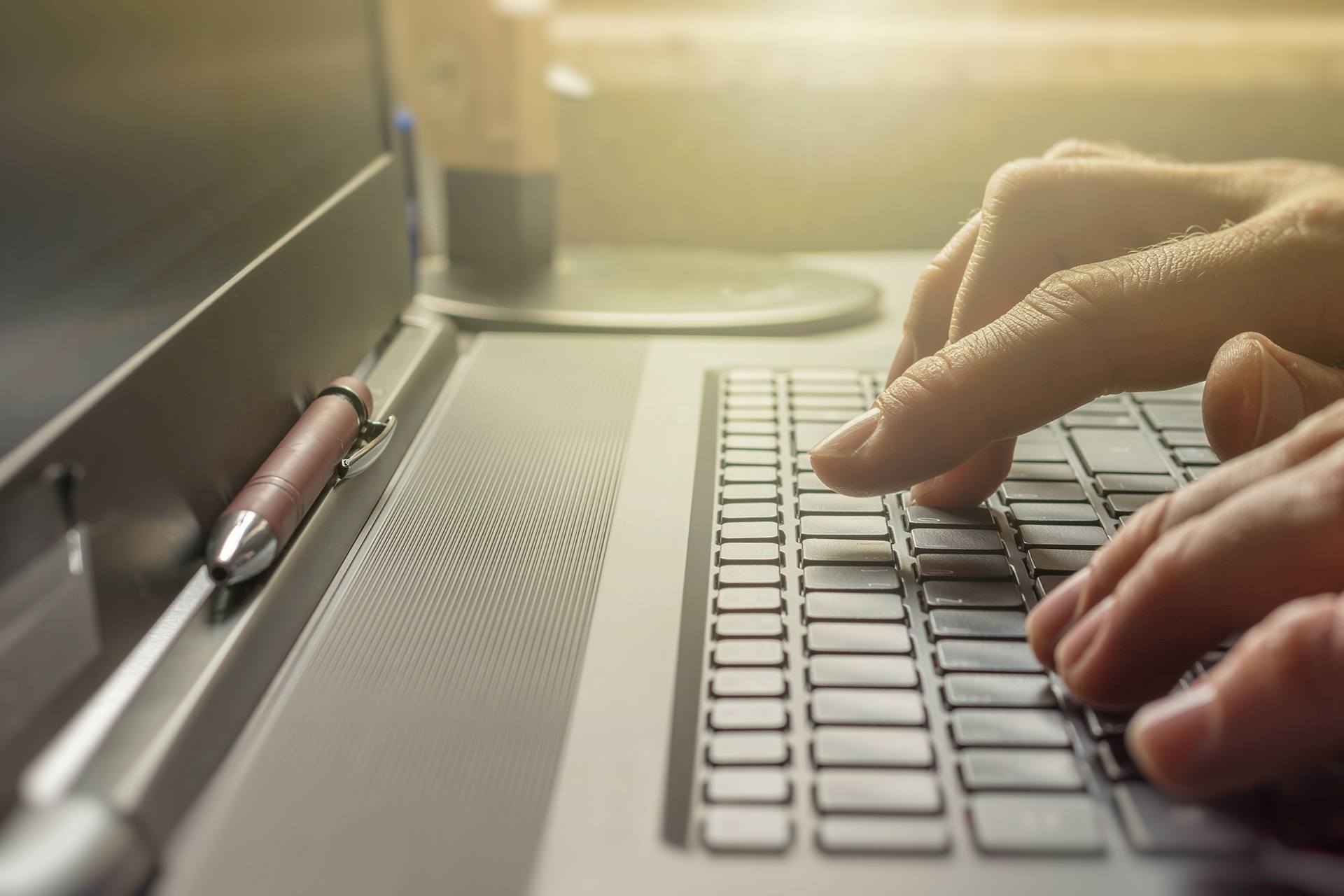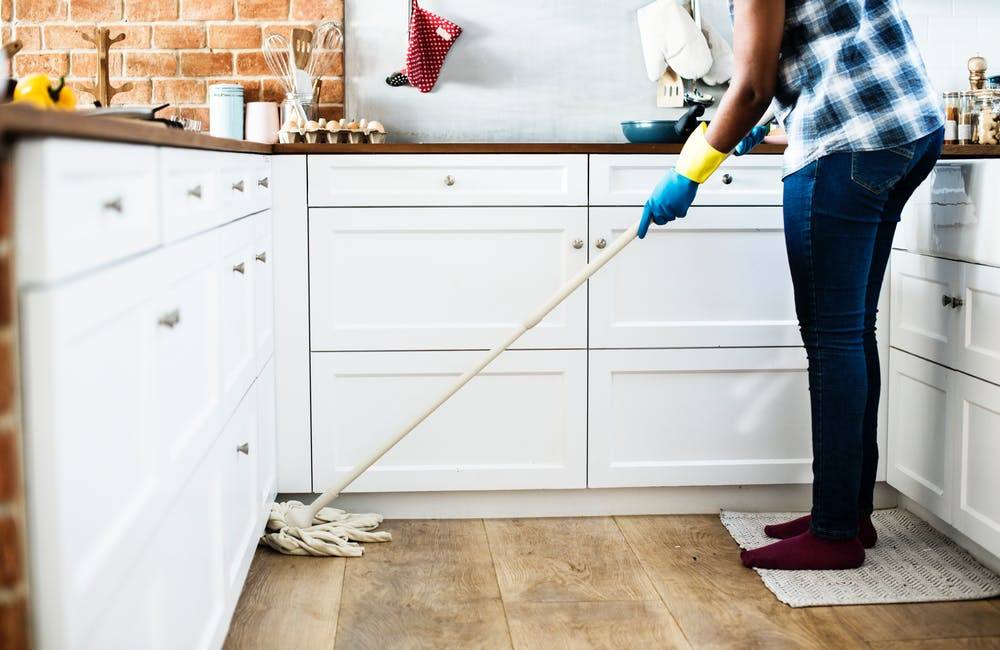Doing things you love is easy; it is the things you hate that test your mettle. And life and business are full of jobs you flat-out hate. How you handle a task like this will determine how far you go as an individual.
But there is a silver lining in this cloud of jobs you hate. There are ways you can power through those jobs, and below are a few you can consider.
1. Alternate Between Tasks you Hate and Those You Love
A lack of motivation characterizes the tasks we hate. There is no drive to work or power through boring jobs. As such, the trick is to bring back the excitement. Find ways to stay motivated.
One way that stands out is to alternate between tasks you love and those you hate. This breaks the monotony of having to work on hateful tasks for extended periods.
The balance between good and bad experiences is way better compared to a situation where you are being pounded with tasks you don’t like.
2. Take the Path of Least Resistance
Just because you do something does not mean you have to be flawless. Take the path of least resistance when working on boring jobs. Apply the minimum effective dose; that is, the least effort while still being productive.
3. Dedicate Time
If you are having trouble working on a particular job, then block some time to work on that job and only that job.
By dedicating time in advance, you prepare yourself mentally for the mind-numbing tasks. You are also more driven to complete other pressing tasks earlier.
4. Break the Task Down
With baby steps, you can move a mountain. The same applies to a tedious job that seems impossible.
Break the task down so that it is approachable and more doable. Breaking down the tasks reduces our tendency to procrastinate as we know where to start. Also, the smaller tasks might not be as dull as the larger job.
5. Swap “I Have To” for “I Choose To”
By choosing to work on those boring assignments, you trick your mind into accepting them, and suddenly, they are not that tedious.
When you no longer have to work on humdrum tasks but choose to do them, you are excited about the jobs. A change of perspective does a lot.
6. Bribe Yourself
When you have to do something you dread, you can ease the pain by promising yourself something better immediately after. You realign your perspective. You focus more on what comes after the task, over the agony of the task.
By scheduling fun things, between those nightmare errands, you find that you will not be putting them off for days on end.
7. Focus on What You Gain From the Task
Creating a website might not be a riveting experience, but nothing beats the experience of having an online presence.
You can also choose to focus on the growth you gain from the task. For instance, writing a pitch is tedious, but you learn essential skills. You learn how to communicate better, how to organize an important document, and how to fact-check.
8. Hire Someone to Do the Task
Finally, you can outsource the job. If your business is not your primary focus, you can get experts in the niche to help. This could be true for IT tasks that, though necessary, are not at the core of your business. Hire specialists to handle technical tasks while you do what you do best.
Working on tasks you dislike is tedious; working on those you hate is aggravating. The least you can do is ease the burden using the tricks above. If you choose to outsource, remember to hire experts.






